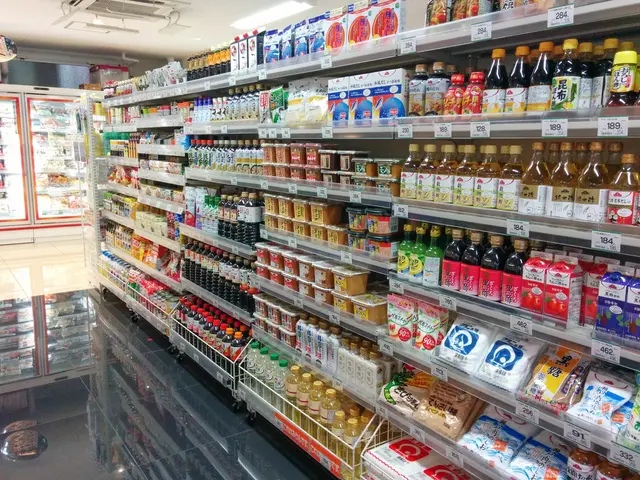Modern Gadgets: Weighing Chemical Filtration and Mechanical Filtration Benefits and Drawbacks
In the quest for cleaner, safer water, modern water purification systems are employing a dual approach: mechanical filtration and chemical filtration. These two methods, each with their unique advantages and disadvantages, work together to provide comprehensive purification.
Mechanical filtration, using physical barriers such as mesh, membranes, or ceramic, effectively removes suspended solid impurities like sediments, cysts, and debris. Its physical filtration barrier is straightforward and often lower in cost, making it a popular choice for various applications, from household systems to industrial and portable ones. Ceramic mechanical filters, in particular, have very small pores that physically block microorganisms without the use of chemicals.
However, mechanical filtration has its drawbacks. It does not remove dissolved chemical contaminants such as heavy metals, chlorine, or volatile organic compounds (VOCs). Regular cleaning or replacement is necessary since particles accumulate and clog the filter. Ineffectiveness against dissolved ions or chemical pollutants often requires secondary filtration methods.
Chemical filtration, on the other hand, addresses a wide range of substances, including chlorine, heavy metals, pesticides, pharmaceutical residues, and some microbial contaminants. Activated carbon filters, a common type of chemical filter, effectively remove chlorine, improve taste and odor, and reduce organic chemicals (like VOCs), heavy metals such as lead, mercury, and sometimes asbestos. Ion exchange resins can remove hardness minerals (calcium, magnesium) and some heavy metals.
Advanced chemical/physical processes like reverse osmosis (RO) remove a broad spectrum of dissolved contaminants, providing very pure water. However, chemical filtration has its own set of disadvantages. Activated carbon filters do not remove many inorganic pollutants such as fluoride, arsenic, nitrate, and some heavy metals without additional treatment. Chemical filters usually require replacement to maintain effectiveness. RO systems can remove beneficial minerals along with contaminants, potentially lowering the water’s nutritional value unless remineralizing filters are used.
In modern filtration gadgets, many combine mechanical and chemical filtration for comprehensive purification. Mechanical filtering removes sediments first to protect chemical filters from clogging. Reverse osmosis systems integrate multiple stages (mechanical pre-filters, carbon filters, RO membranes) to maximize contaminant removal. Remineralization filters address RO’s depletion of beneficial minerals, improving taste and health benefits.
This combination approach maximizes water purity, balancing mechanical filtration for physical particles and chemical filtration for dissolved contaminants and safety in modern water purification gadgets.
[1] Modern gadgets using mechanical filtration have evolved significantly, offering various solutions for different needs. [3] The effectiveness of chemical filtration in treating invisible threats makes it indispensable in urban and emergency scenarios. [5] One major concern with chemical filtration is the limited lifespan of the filtration media, which can become saturated over time and potentially become breeding grounds for bacteria if not replaced.
- In the realm of modern water purification gadgets, the evolution of mechanical filtration has brought about diverse solutions, catering to a multitude of needs.
- The indispensable nature of chemical filtration lies in its ability to address invisible threats, proving crucial in urban and emergency scenarios.





